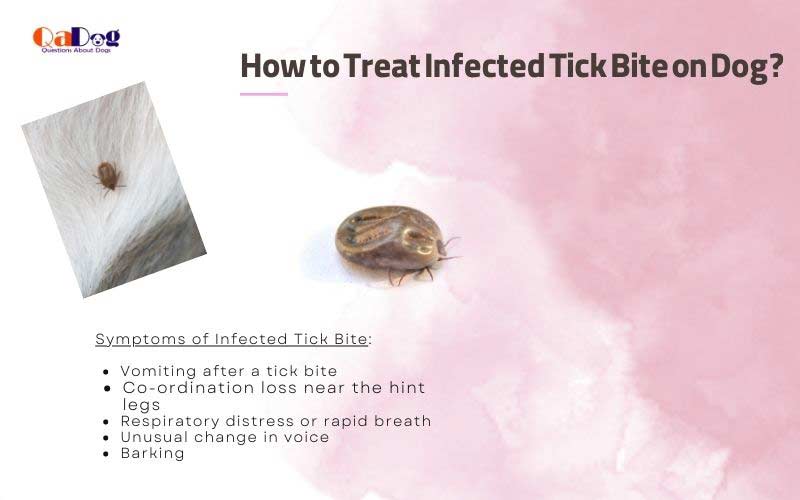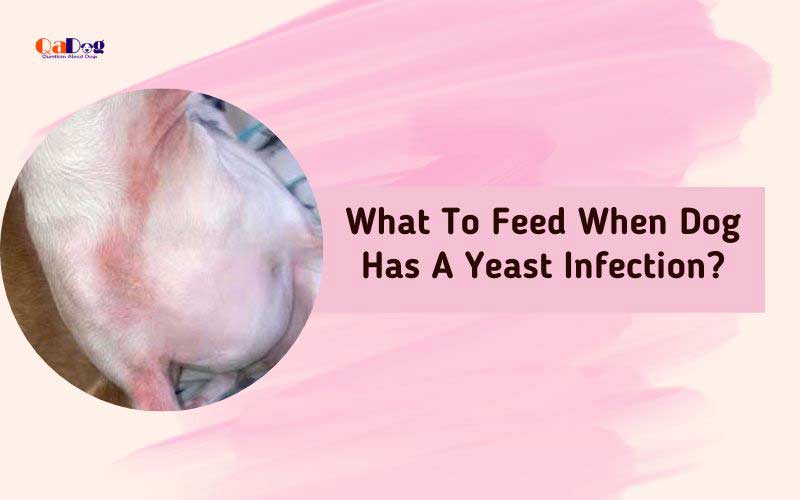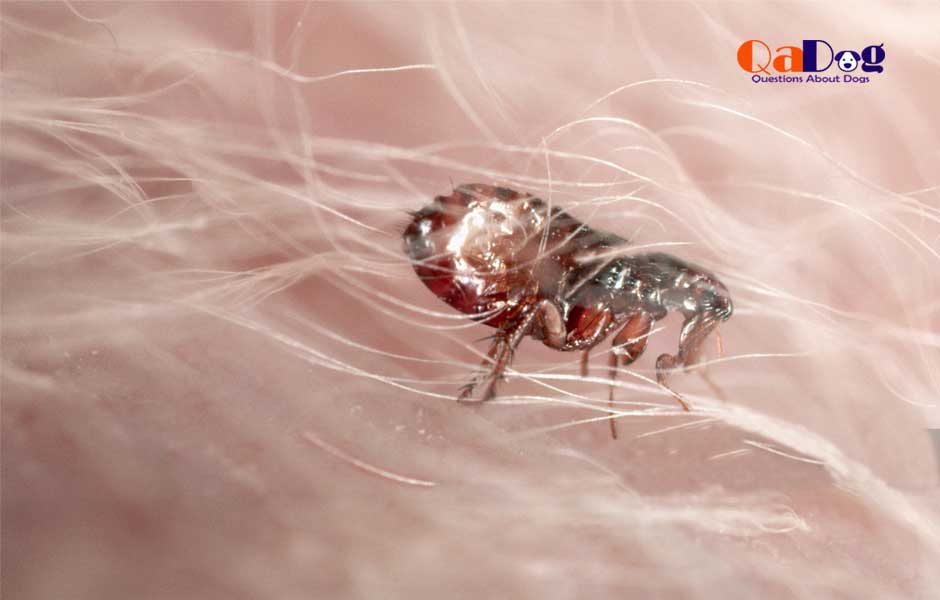Products are linked after in-depth research. From qualifying purchases, I receive commissions as an Affiliate Associate but with no extra cost to the buyers.
Ticks are undoubtedly painful insects for your dog. Initially, it’s a bit hard to recognize the pre-matured ticks. But, when they start feeding from the host body and reproducing their offspring, it’s surely a hard time for your fur baby. The ticks come in various sizes, starting from 1 mm to 1 cm. Ticks are a kind of arachnid that survive by sucking blood from a host body. Usually, the more minor ticks don’t cause much trouble to dogs. But when they start feeding in his body, chances of infections and irritations increase. That’s why it’s necessary to be concerned with treating tick bites on dogs.
What Are Ticks That Settle On Dogs?
Ticks are a kind category of parasite belonging to the suborder named Ixodida. They are insects that survive by sucking blood from a reliable warm host body. The lifecycle of ticks starts with the hatching from eggs, then turning into larvae and gradually converting to nymphs. Finally, they turn into adults. In the first two lifespans, they crawl over small animals, like rodents or birds. But these parasites like to settle on cats, dogs, and even humans in the adult stage. Sometimes, they cause irritations or infections in dogs and can also cause Lyme disease, which is devastating.
What Are The Tick Danger Zones?
Ticks are majorly found in vegetation areas, like the moors, the woodlands meadows, and grassy and wooded areas. When it is their suitable season for development, they jump into your dog’s fur. These ticks should be removed from your dog’s body as soon as possible because tick bites on dogs are painful.
Which Season Is Tick Prone For Dogs?
Ticks usually remain dormant during the cooler seasons. But with the gradual global temperature rise, they start sticking to host bodies. But their suitable time for jumping into the host body includes spring, early autumn, and the early summer. So it would be best if you were cautious at those times to prevent tick bites on your dog.
How to Understand That My Dog Has Got Ticks?
Ticks usually feed from the host body. In the case of your dog being the prey, after feeding, you’ll be easily able to identify them by lightly brushing your hand over his skin because the ticks by sucking blood get big and swelled enough. While touching, they feel like bumps or pimples on your dog’s skin.
Some other symptoms of Infected Tick Bite on Dog include:
- Vomiting after a tick bite
- Co-ordination loss near the hint legs
- Respiratory distress or rapid breath
- Unusual change in voice
- Barking
How to Treat Infected Tick Bite on Dog?
The first step is removing the tick from your dog’s body. It can be done with hands if they are large in size. But it’s always better to use tweezers or particular tick gripping tools. You should avoid twisting or pulling the tick harder or faster. Instead, you should do it slowly but surely; try to pull it upwards slowly. That’s because, if you twist it, the body might come out, whereas the head might get embedded. That even increases the risk of infections and irritations.
If the head somehow gets stuck in his body, you can use a pin to pick it out, just like a splinter. After removing it, you need to wash the infected spot with soap and lukewarm water. After drying, it needs to be treated with a mild antiseptic to avoid the risks of possible infections and irritations. You can also supply him with hydrocortisone cream to reduce irritation and itchiness.
How to Prevent Tick Bite on Dog?
If you can prevent the infestation of ticks in your dog’s body, you no more need to apply antiseptics to cure it. For the prevention of ticks, you’ll get a good number of treatments available on the market. Among those, the Seresto collar is trusted the most. These treatments provide relief from other parasites besides ticks, like hotspots, fleas, heartworms, and more. But the tick prevention treatments need to be replaced with another new one after a specific period of time.
When to Call the Vet When Irritation Increases?
If the infected bite spot is badly injured, you can shave the hair over that zone before applying the antiseptic. The highest care is required as treatment. You should keep on applying antiseptic for at least three days. But if the itchiness doesn’t get reduced or if the situation gets worse, you should call your vet instantly.
Wrapping It Up
The best treatment for tick bites on dogs is to gently remove the tick and gently apply some antiseptics over that spot. But you need to be careful while pulling out the tick; otherwise, if the head of the tick gets embedded in the skin, it might cause irritations and infections. Your particular attention is required if the condition worsens or if you have a fur baby with log fur.
Related Information:







